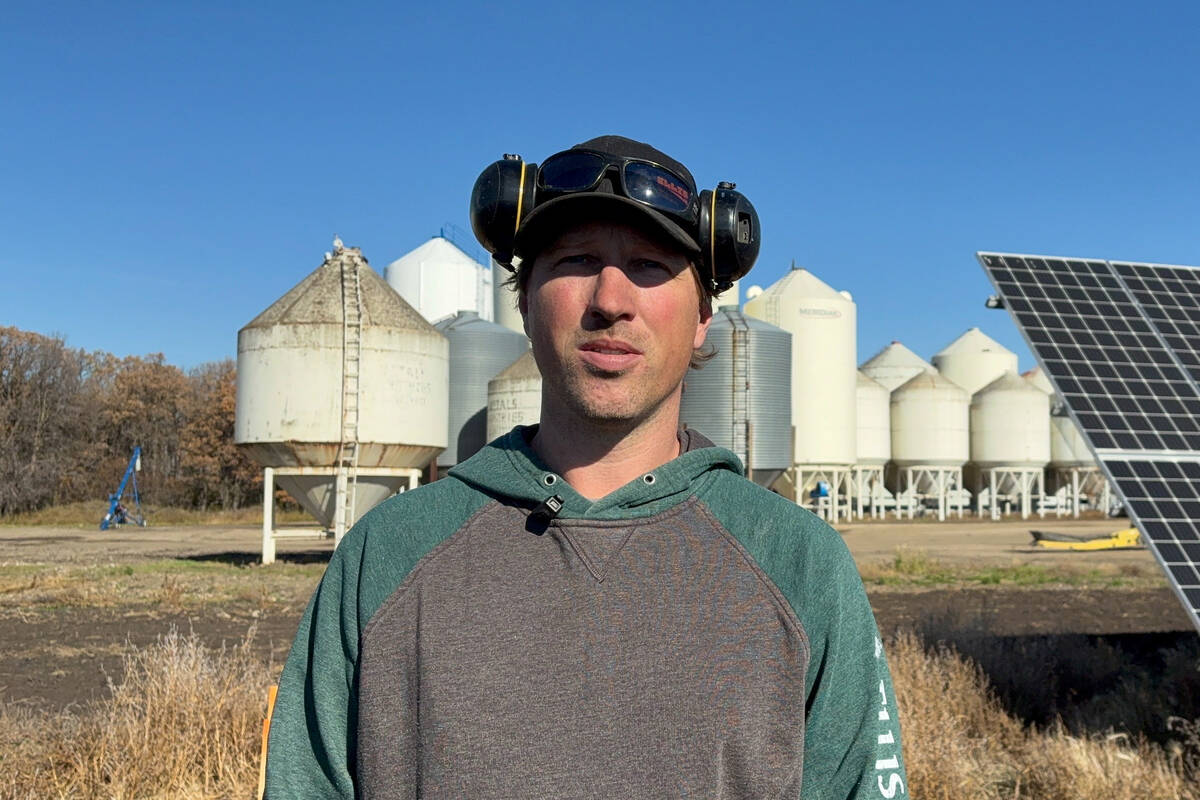Prairie wheat and barley growers will be able to get a new grass and broadleaf herbicide combining three different modes of action in one jug.
Bayer CropScience on Wednesday launched Tundra for use in spring and durum wheat and barley crops, combining fenoaxaprop-p-ethyl, bromoxynil and pyrasulfotole. from herbicide groups 1, 6 and 27 respectively, in an all-in-one formulation.
“It is the only all-in-one product that eliminates the requirement for tank-mixing, which makes it extremely simple for producers to use,” Lauren Davis, Bayer’s manager for cereal crop herbicides, said in a release.
Read Also

How Canada’s farmers are producing record crops despite droughts and floods
Western Canadian farmers are using minimum and zero-till farming, tile drainage, slow-release fertilizer, and better crop breeding to produce record crops despite drought conditions.
“Because Tundra does not require an additional herbicide tank mix adjuvant or surfactant, producers have more flexibility during the busy spray season.”
Tundra is meant to provide “quick, reliable” control along with flexibility in recropping options, the company said.
Tundra’s recropping intervals for wheat, barley, alfalfa, canaryseed, canola, field corn, field peas, soybeans, flax and oats are 10 months, while the minimum interval before seeding Tundra-treated fields to lentils is 22 months.
The product also carries a “wide window of application,” Davis said, as it can be applied from one to six leaves on the main stem, up to the emergence of the third tiller.
In its product launch, Bayer offered testimonials from 11 growers from the three Prairie provinces, speaking mostly to Tundra’s ease of use with no need for tank mixes.
“When it comes to weed control, three tough weeds — hemp-nettle, cleavers and wild buckwheat — narrow our product options,” said Doug Winkler, a barley grower from Indus, Alta., about 20 km east of Calgary. “It can’t get much easier than having all your product in one container.
“If you haven’t controlled the cleavers it can be a nightmare to swath at harvest time,” Bayer quoted Winkler as saying, adding that after he’d tested Tundra on 40 acres of feed barley, “I didn’t see any cleavers when we swathed.”















